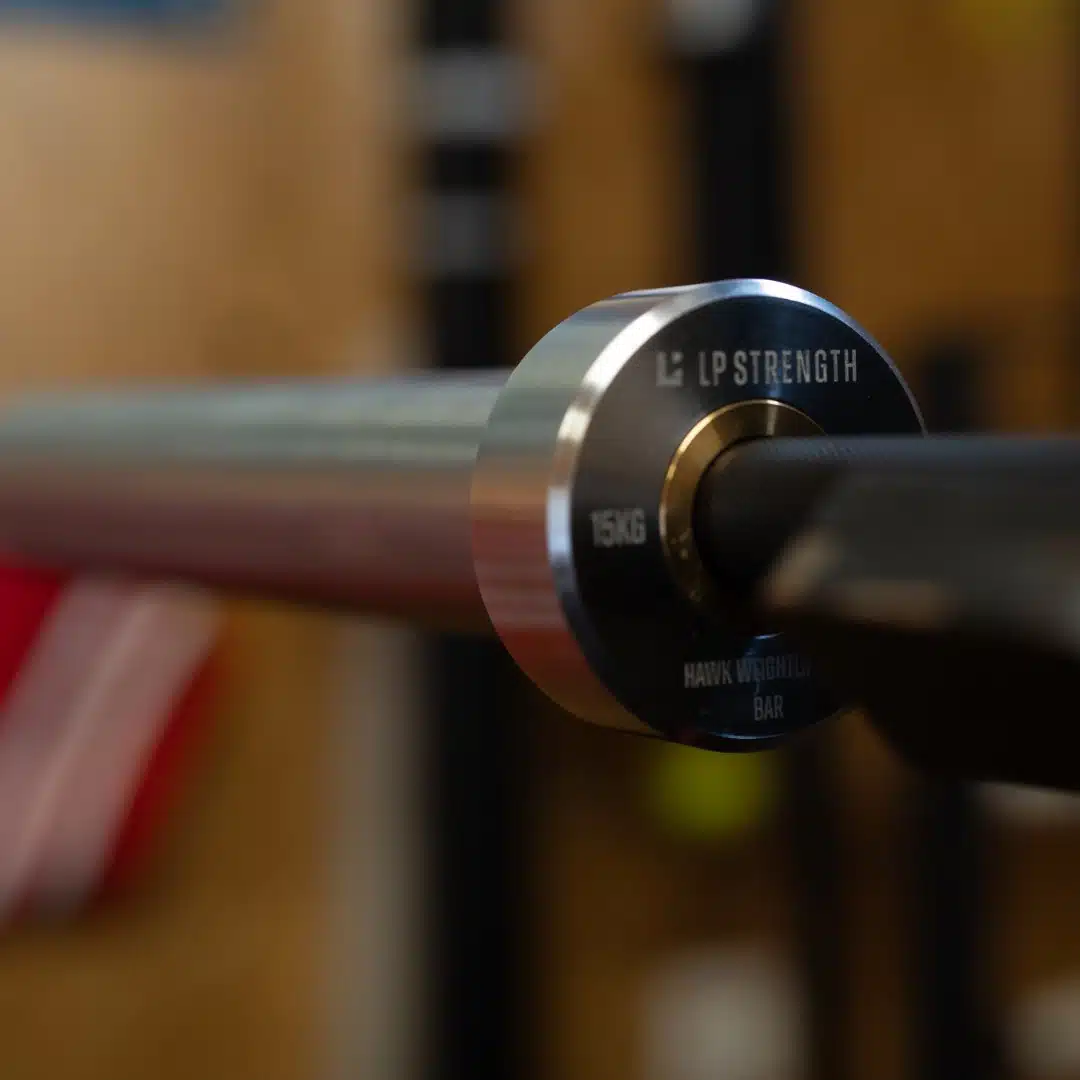Barbell dictionary
A barbell is more than just a piece of metal; it’s an essential tool for strength training, designed with precision to support a variety of lifts and exercises. Understanding the anatomy of a barbell can help you choose the right one for your needs and improve your performance in the gym. From the knurling that provides grip to the sleeves that hold your weights, every component plays a critical role in safety and functionality.
In this post, we’ll break down the key elements of a barbell and how they contribute to your lifting experience.
Whether you’re a seasoned powerlifter or new to weight training, knowing your barbell inside and out is a step towards mastering your lifts

Shaft: The main section of a barbell, which you hold onto, is known as the shaft. Shafts can vary in diameter and feature different patterns of knurling and markings to aid with grip and hand positioning.
Sleeve: The ends of a weightlifting bar where weights are loaded. These sleeves may either rotate or stay fixed. Sleeve style refers to the type of sleeve on a weightlifting bar, which can be either smooth or ribbed.
Bearing: Bearings are used for faster rotation of the sleeve, allowing for smoother movement. There are various types of bearings available. The Lynx and Hawk weightlifting barbells have needle bearing sleeves. These bearings are designed to offer a smooth and accurate rotation. They consist of small needles that make contact with the bar’s shaft, enabling seamless spinning motion around it.
Bushing: A bushing is a solid metal sleeve without internal moving parts. Unlike bearing sleeves, which contain internal components for rotation, a bushing is a solid metal sleeve without moving parts. It is typically pressed into the sleeve, and its surface rotates directly around the shaft of the bar. The Bear power barbells have bushing sleeves.

Knurling: It refers to the crisscross pattern on the shaft of Olympic barbells, designed to enhance friction between your hands and the bar, which helps improve grip. There are three main knurl styles: hill, volcano, and mountain. Hill-style knurling is the least aggressive, suitable for training bars as it is gentle on the hands. Mountain knurling is the most aggressive, providing maximum grip, typically used for powerlifting. Volcano knurling is common in weightlifting and mixed-use bars, offering a balanced grip that is firm but not harsh. At LP Strength, we chose the volcano knurling for our barbells. Check out our barbells.
Whip: This refers to the bend or oscillation in a barbell when it changes direction rapidly, more noticeable with heavier loads. Whip can aid in generating momentum during a lift.
Spin: The rotation of the barbell’s sleeves, which can help reduce the centrifugal force of the plates during a lift. A smooth, quick spin is beneficial for certain lifts, such as those in Olympic weightlifting.
Spin: The rotation of the barbell’s sleeves, which can help reduce the centrifugal force of the plates during a lift. A smooth, quick spin is beneficial for certain lifts, such as those in Olympic weightlifting.
Tensile Strength: This is the breaking point of a barbell, measured in pounds per square inch (PSI). A higher PSI indicates a stronger bar
Static Rating: The maximum weight a piece of equipment can safely handle without risk of failure.
Tolerance: The degree of accuracy of a weight. A lower tolerance means the actual weight is closer to the listed weight. At LP Strength, we have a tolerance of 1%
Coating: The protective finish on a barbell that enhances durability, prevents rust and scratches, improves grip, and adds aesthetic appeal.
We hope that with this information, you will be able to better choose your barbell. If you still have any questions, feel free to contact us at info@lpstrength.com